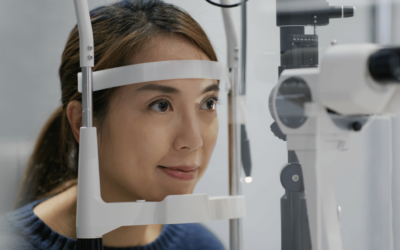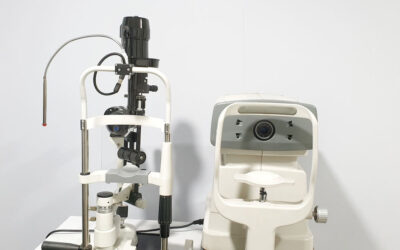See Clearly in Waitsfield, Vt
Blog

See Clearly in Waitsfield, Vt
Blog
Relieve Eye Discomfort with Neurolens in Waitsfield
Have you been experiencing eye discomfort and visited doctor after doctor without finding a solution? It can be incredibly frustrating and leave you...
The Importance of Diabetic Eye Exams
November is Diabetic Eye Disease Awareness Month, and it's the perfect time to focus on protecting your vision. Living with diabetes can impact your...
Protect Your Vision: The Importance of Contact Lens Safety
If you wear contact lenses, you know how convenient and comfortable they can be for clear vision. However, with that convenience comes...
Managing Eye Diseases Close to Home with Mad River Eye Care
September is Healthy Aging Month, a perfect time to focus on all the ways we can take care of ourselves as we get older. As we age, our body goes...
Back-to-School Eye Exams: Why School Vision Screenings Aren’t Enough
As a new school year approaches, parents in Waitsfield and the surrounding areas are busy shopping for supplies, organizing schedules, and ensuring...
Do I Still Need Glasses if I Wear Contact Lenses?
If you’re an avid contact lens wearer, you may be wondering if you still need to purchase a pair of glasses. It's a valid question, but the short...
What Are the Most Common Causes of Myopia in Children?
Myopia, or nearsightedness, is a common vision problem among children that can have a significant impact on their daily lives. With myopia, distant...
Medical Eye Care
Dr. Mitchell has extensive experience diagnosing and treating acute and chronic eye health issues. He’ll make sure your eyes reach their greatest...
What Is Dry Eye?
Dry eye syndrome is caused by a chronic lack of moisture and lubrication of the eyes. Your eye’s tears keep the surface of the eye moist and...









